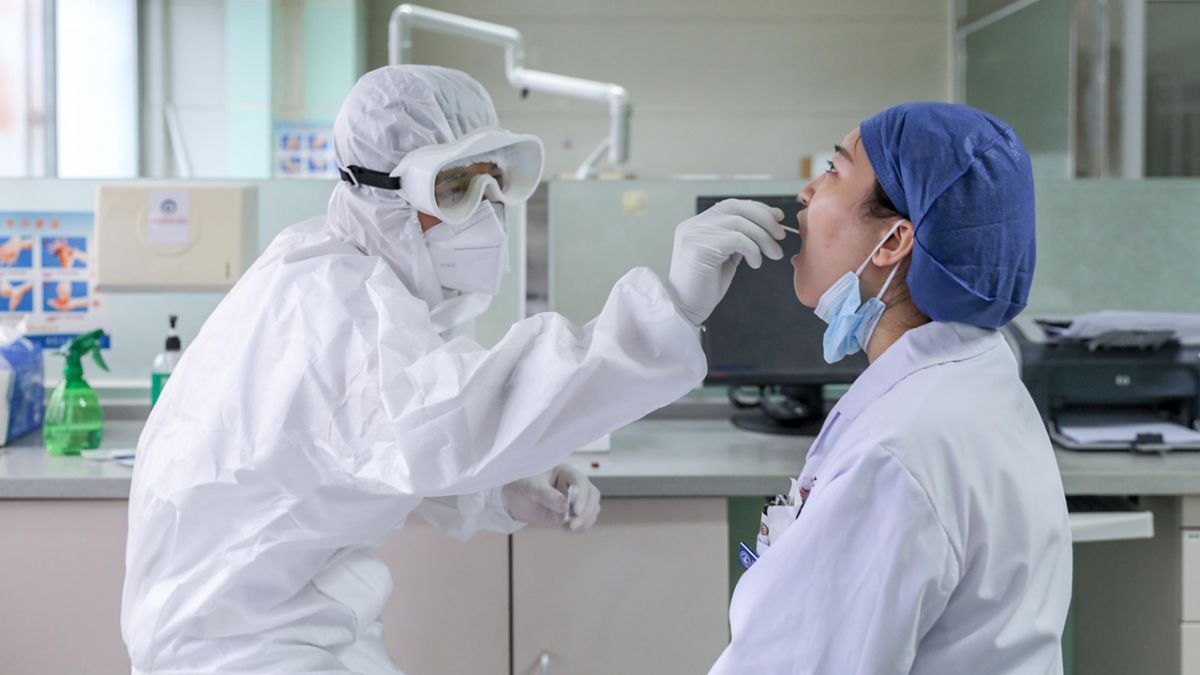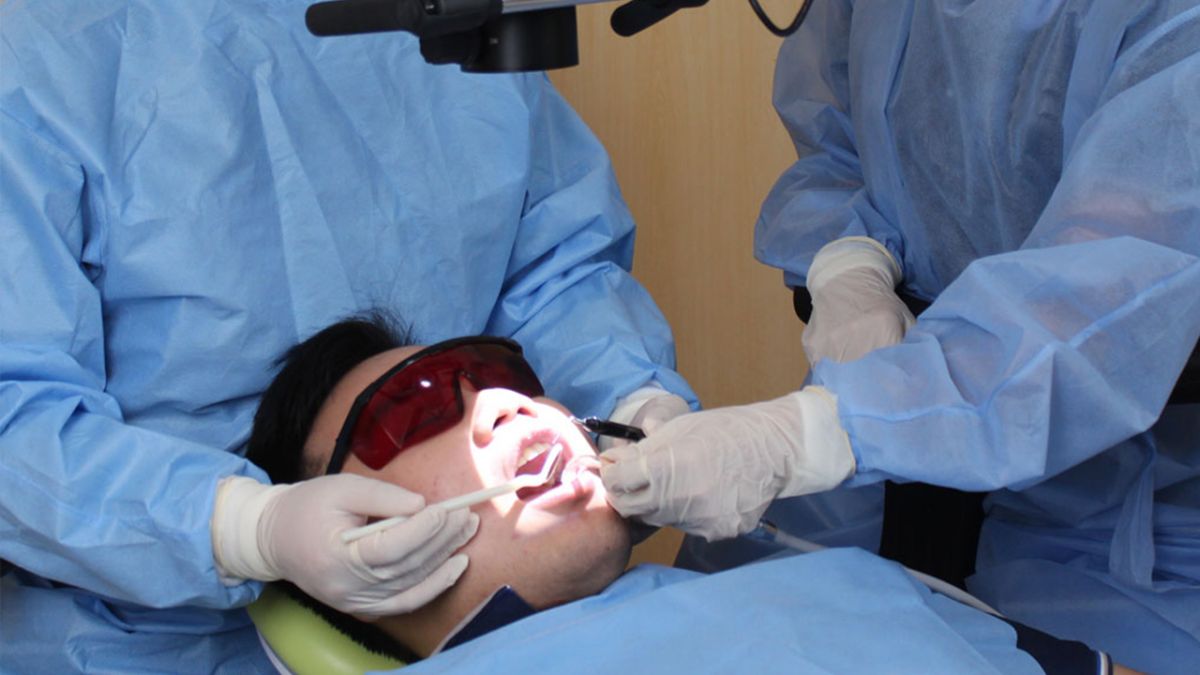Advertisement
Pulpitis and periapical diseases represent different stages of the same condition. When the disease is confined to the interior of the tooth, specifically the pulp tissue, it is referred to as pulpitis. If pulpitis is not treated promptly, it can lead to pulp necrosis, further affecting the periapical tissue around the root of the tooth, thus progressing into a periapical disease.

The primary cause of these conditions is bacterial infection in the oral cavity, which invades the pulp tissue, causing its necrosis. The bacteria then spread to the periapical tissue, triggering an immune-inflammatory response, eventually leading to tissue destruction.

The main clinical symptom of pulpitis is pain, particularly discomfort during chewing. As the disease worsens, it may cause jawbone infections, facial swelling, and even recurrent pus discharge from the gums. All these manifestations stem from bacterial infections in the pulp and periapical tissues.
Preventing and controlling dental caries is key to halting the progression of pulpitis and periapical diseases. Maintaining good oral hygiene and treating caries promptly can effectively prevent the onset of these conditions. However, many patients do not prioritize early prevention and treatment. Often, they seek medical attention only after experiencing significant tooth pain or discomfort, by which time the disease has already affected the pulp, requiring more extensive treatment.

Clinically, pulpitis or periapical disease is a common issue faced by dentists in their daily practice. According to epidemiological studies, the prevalence of these conditions in adults in China has reached 50-60%, highlighting the need for greater public awareness and early intervention in oral health.
Advertisement